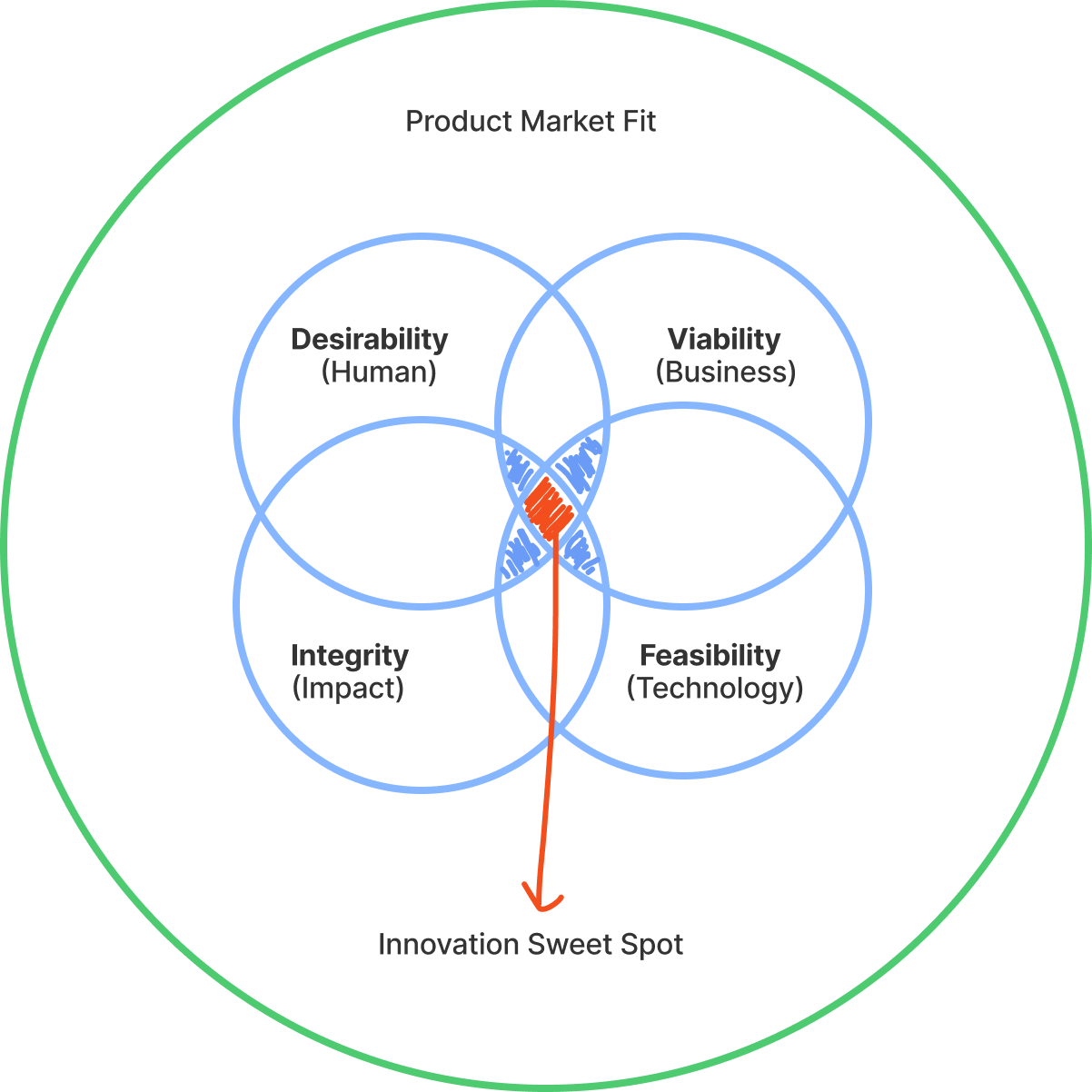What is SaaS Business Model?
An introduction to SaaS platform and Why it is the future of SaaS businesses.
Introduction
What is SaaS?
A SaaS business model is Software As A Service, when a company builds software and hosts it on the cloud and users can access it by paying on a monthly or daily usage basis.
And it is fully automated, for example, HuddleUp is a SaaS platform which provides any business owner to setup their own app and website in an instant, with all the basic features and functionality to run a scalable business and it is solving the major pain points of businesses.
When You're building SaaS platform Questions to ask before starting. And for making a plan needs a Plan, and for making a plan needs a basic model upon that your SaaS model should fit in.
What does a SaaS product mean?
SaaS is also known as the software-as-a-service cloud computing model. It means that the applications are delivered to customers via the Internet on a subscription basis.
What kind of SaaS platform are you building?
Horizontal SaaS
Horizontal SaaS is a type of cloud software solution that is targeted to a wide audience of business users, regardless of their industry. Between vertical and horizontal SaaS solutions, the latter is the more mature model in terms of market share; the model has been around for well over a decade. Because of its scope and business models, this type of SaaS focuses on satisfying business needs rather than individual consumer ones.
Some prominent examples of horizontal SaaS include:
QuickBooks (accounting)
Salesforce (CRM)
HubSpot (marketing)
A horizontal SaaS aims to provide a broad service that can cover a wide breadth of the market through different industries. There are many different types of businesses that choose to use SaaS solutions, for example, supply chains, retailers, and manufacturers.
Vertical SaaS
In contrast to the horizontal SaaS model, vertical SaaS solutions include software that is targeted to a very particular industry. This is a more recent trend in the development of the SaaS market, so it is not as mature as the horizontal model. In fact, there are several commentators who feel that there may be more opportunity for new vertical SaaS due to them being a more recent phenomenon.
Some examples of vertical SaaS include:
Health Assurance Plan (dental software)
Guidewire (insurance)
The vertical SaaS model doesn’t aim to be all things to all people or cover a broad product category. Instead, it focuses much more narrowly on industry verticals. Its solutions are purpose-built for clear industry niches, and in doing so, it narrows the size of the potential market.
How to get started?
Do you want to startup a SaaS business?
Just start coding or architect the idea from cloud services perspective.
Validate it, analyze it, do the market research, create a strategy, build a strong business model.
Validate your ideas first and fit these parameters:
Desirability
Feasibility
Viability
Integrity
Questions for analysis?
What is your market?
What market we are in?
New Market
Existing
Important + Urgent + Frequent problems we are solving.
Does your product or business model fit into the market?
Position
Consumer
SMB
Mid-Market
Low-Enterprises
Big Enterprises
GTM (Go To Market ) - Motions
What is your go-to-market strategy? How will roll-out on the ground?
Ads.
Sales and Trials
Inbound
Outbound
Outsource
Product-led growth Vs. Sales led growth
Trials & Demo
Talk To Sales
Which market segment we will go after?
Mid Market = Marketing + Sales
Branding
Demand generation
Insight Sales
Sales Development Representatives (SDRs)
Trial Products





